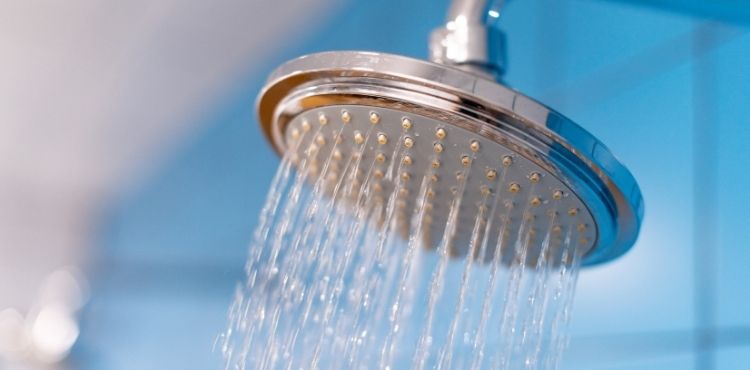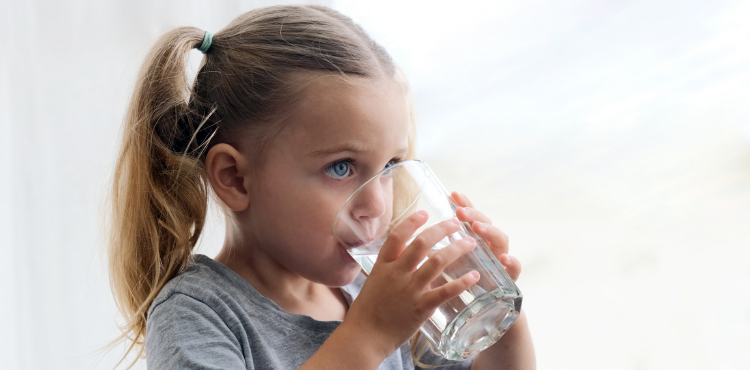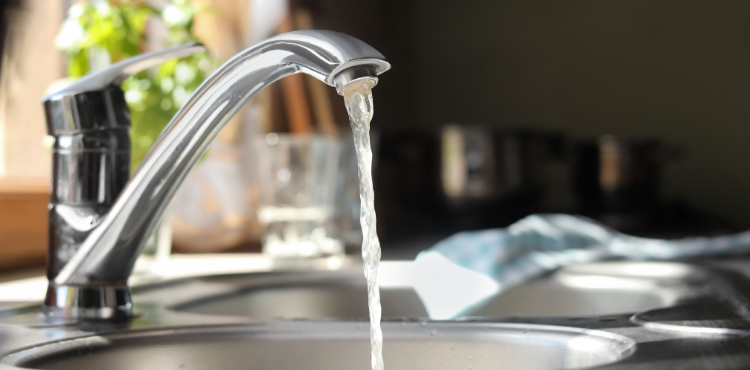A hot shower is one of life’s simplest pleasures. But what most people don’t realise is that it can also be one of the most overlooked exposure points for chemicals in your home.
We tend to focus on what we drink. But you absorb more through your skin and lungs than most people realise — especially in a steaming bathroom with poor ventilation.
If your home relies on untreated tap water, here’s what may be coming through the steam.
PFAS in the Shower?
You’ve probably seen the headlines by now. PFAS — a class of man-made chemicals used in firefighting foam and industrial products — have been detected in drinking water across Australia, in some areas for over 30 years.
These chemicals are linked to cancer, liver damage, immune suppression, and hormonal imbalance. They don’t break down in the environment or the body — hence the name “forever chemicals.”
While most studies focus on ingestion, scientists are increasingly studying the risks of inhalation and dermal exposure, especially in enclosed spaces like showers.
The research is still evolving, but if PFAS are present in your water, there’s reason to consider not just what you drink, but what you bathe in.
Chlorine: The Clean That Lingers
Chlorine is added to municipal water to kill bacteria — and it works. But when heated in a shower, it vaporises, turning into a gas that can be absorbed through the skin and lungs.
You’ve probably smelled it. That “pool water” aroma after a long hot rinse? That’s chlorine gas.
Long-term exposure, even in small amounts, can irritate sensitive skin, trigger asthma, and dry out hair and eyes. For some people, it’s just an annoyance. For others, it becomes a health trigger they can’t quite put their finger on.
What Exposure Looks Like
You probably won’t see anything in the water. You might not even feel anything immediately. But over time, repeated exposure to heated tap water — especially for young children or people with respiratory conditions — can add up.
If you’ve ever felt dry skin after a shower, or experienced mild irritation that seems to come and go without reason, it might not be your soap. It might be your water.
This Isn’t Alarmism. It’s Just the Other Half of the Story.
Most water treatment systems are designed to make water microbiologically safe. But that’s only part of the picture. Chemical contaminants are a different category — and they’re not always removed by standard municipal treatment.
Understanding the difference between water that is safe enough and water that is clean, pure, and healthy is the key.
The choice is yours. But it helps to have the full picture.







